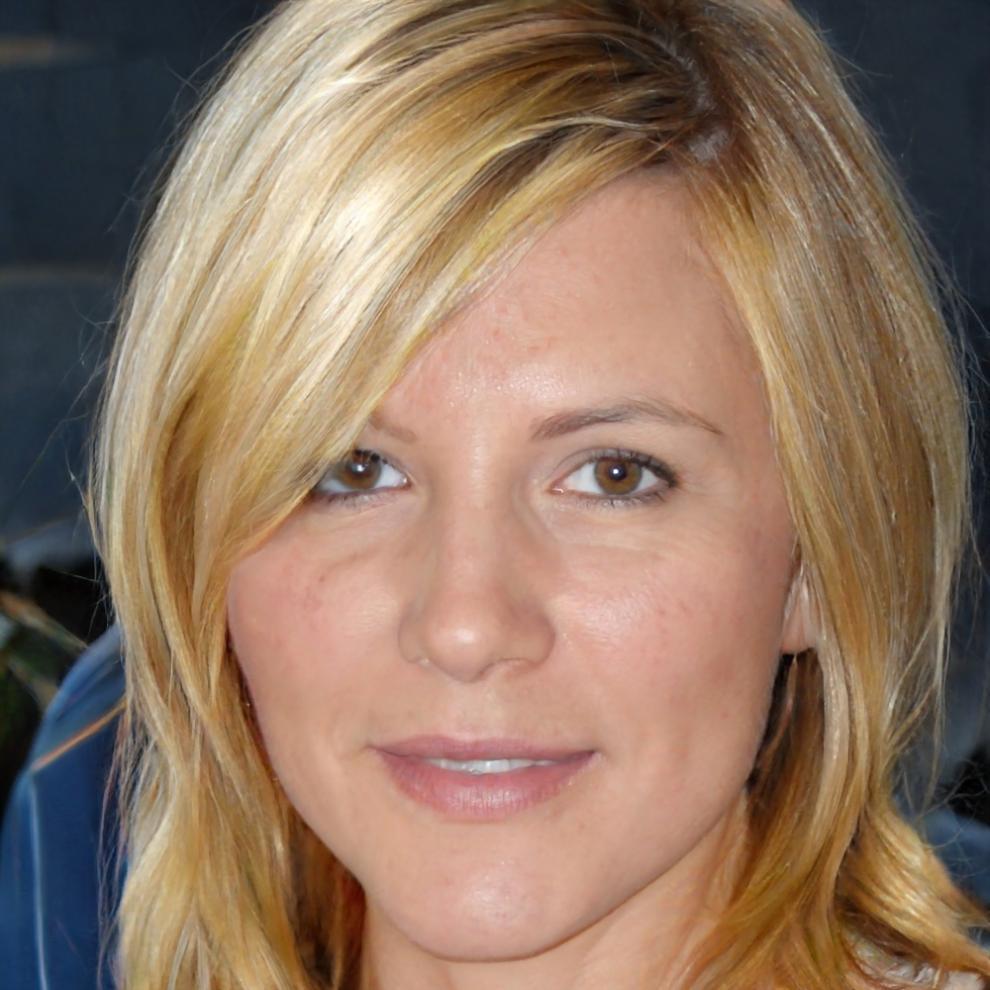Business Analysis Training That Actually Works
We've been teaching Canadian business owners how to read their numbers since 2018. No theory-only lectures here. Just practical skills you'll use the week after class starts.
View Upcoming SessionsHow We Actually Teach This Stuff
Most financial analysis courses dump spreadsheet formulas on you and call it a day. We tried that back in 2019. People hated it.
Now we start with real business scenarios. You bring your company's data—or use our sanitized examples if you prefer—and work through actual analysis problems. By week three, you're spotting cost inefficiencies. By week six, you're presenting findings that make sense to people who aren't accountants.
Classes run in small groups. Around eight to twelve people. You'll get stuck on something, guaranteed. That's when having other business owners in the room helps. Someone always figured out that pivot table issue before you did.

Questions People Ask Before Signing Up
Do I need accounting experience?
Not really. If you can read a bank statement and understand what revenue means, you're fine. We spend the first two sessions making sure everyone's on the same page with basic concepts.
What software do you teach?
Excel mostly. Sometimes Google Sheets if that's what your business uses. We focus on functions you'll actually use—not the obscure stuff that looks impressive but sits unused.
How long does the program run?
Eight weeks. Two evenings per week, three hours each. Next cohort starts September 2025. We also have a weekend-intensive format in November if evenings don't work.
What happens if I miss a class?
We record everything. You'll get access to the video within 24 hours. Plus we run office hours on Fridays where you can catch up with an instructor.
Can I expense this as training?
Most of our participants do. We provide receipts and course outlines that detail what you learned. Check with your accountant about your specific situation.
What if I have industry-specific needs?
We've taught restaurant owners, contractors, retail shops, and consulting firms. The core analysis skills transfer. In week five, we dedicate time to industry-specific challenges.
Who Teaches This Program

Torben Viklund
Spent fifteen years doing financial consulting for mid-sized businesses. Got tired of writing reports nobody read. Now teaches business owners how to do their own analysis.

Daire MacGabhann
Ran operations for a manufacturing company before switching to teaching. Knows what it's like to need answers by Thursday morning when your data's a mess.

Elisavet Kyriazi
Former retail business owner who learned analysis the hard way during a cash flow crisis in 2020. Now helps others avoid the same mistakes through practical teaching.

What You'll Actually Do Each Week
Set Up Your Data Structure
Week one is organizing information so you can actually analyze it later. Most people skip this step and regret it. We don't let you skip it.
Calculate What Matters
Learn the financial ratios that apply to your business type. Ignore the ones that don't. Build dashboards that update automatically when you add new data.
Spot Patterns and Problems
This is where it gets interesting. You'll analyze trends, compare periods, and identify issues before they become expensive. Real data only—no made-up examples.
Make Recommendations
Analysis means nothing if you can't explain it. Practice presenting findings to the group. Get feedback. Learn to translate numbers into decisions.
Build Your Own System
Final project involves creating an analysis system you'll actually use after the course ends. We review it, help you refine it, and make sure it fits your workflow.
What Former Participants Say

I finally understand where my money goes each month. Sounds basic, but I was flying blind for years. The inventory analysis section alone probably saved me four thousand in overstock by March 2025.